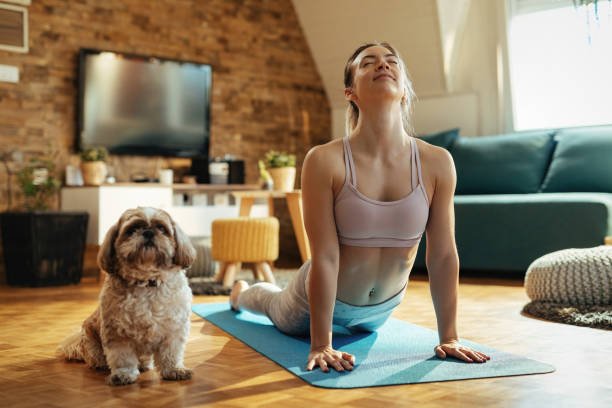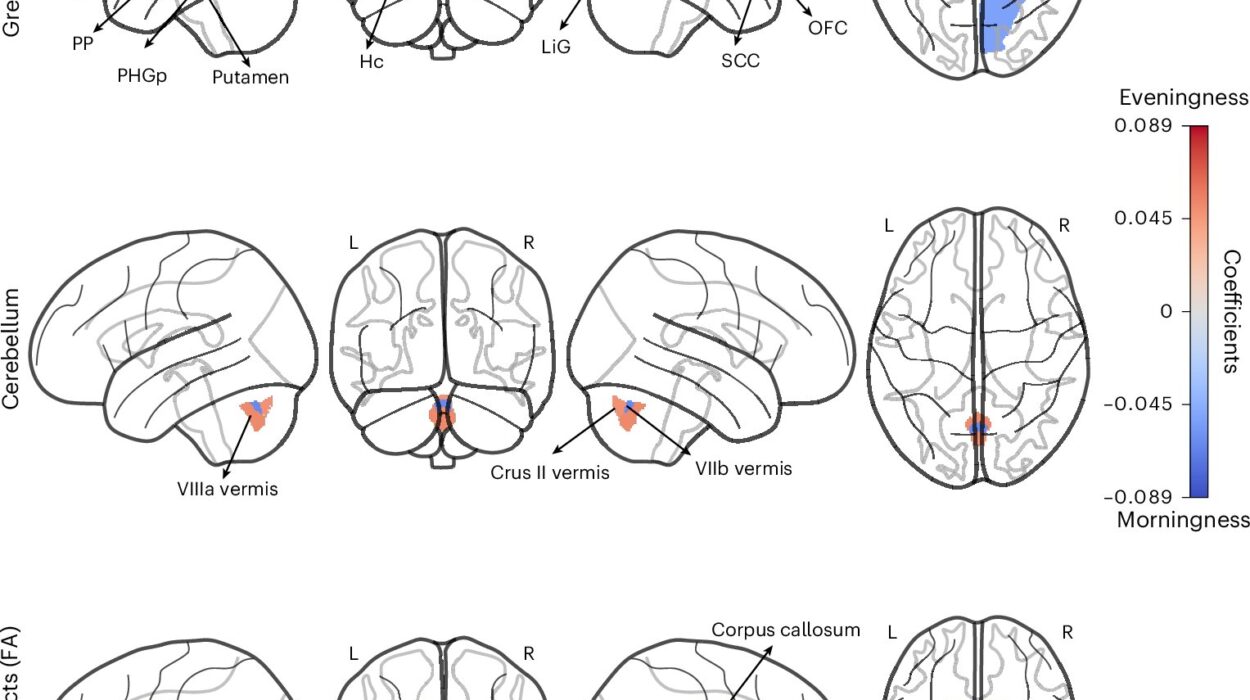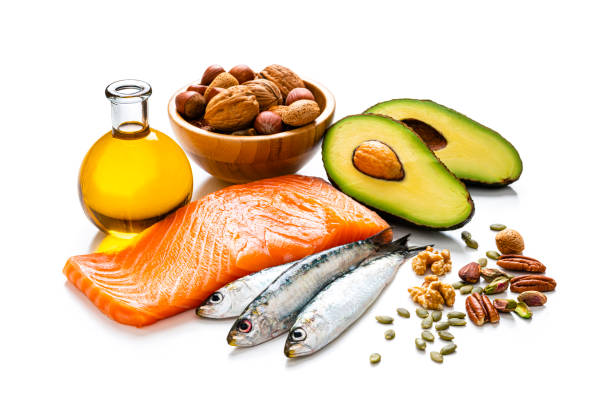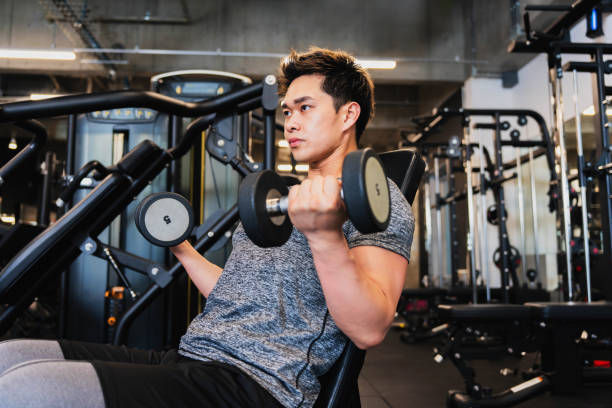Every year, millions of people around the world lace up their sneakers, roll out yoga mats, buy gym memberships, or search YouTube for home workouts—all chasing the same goal: better health. Some run until their lungs burn. Others lift weights until their muscles ache. Some swear by swimming, cycling, dancing, or HIIT (High-Intensity Interval Training). The options are dizzying.
But beneath all the sweat, science, and slogans lies a fundamental question: What is the best exercise for overall health?
The question may seem simple, but the answer is layered with biology, psychology, and individual variability. To truly understand it, we need to unpack what “overall health” means, explore the different types of exercise, examine what the science says, and, finally, figure out how to integrate the “best” forms of movement into real life—your life.
So, tighten your laces, because this journey through the world of exercise is about to challenge your assumptions, fuel your curiosity, and maybe even inspire you to move in ways you’ve never considered before.
Defining “Overall Health”: It’s Not Just Abs and Endurance
When people talk about being healthy, they often mean a few obvious things: having energy, staying disease-free, looking fit, and aging well. But health isn’t just the absence of illness or a number on the scale. It’s a multidimensional state of physical, mental, emotional, and even social well-being.
From a physiological standpoint, good health means:
- Strong cardiovascular function (heart and lung health)
- Good muscular strength and endurance
- Flexibility and balance
- Healthy metabolism and body composition
- Robust immune function
- Mental clarity, emotional stability, and stress resilience
So when we talk about “the best exercise,” we’re not just looking for something that burns calories or builds muscle. We’re looking for a movement practice that enhances all these domains—and is sustainable over time.
The Big Five: Types of Exercise and What They Do
To find the best exercise for overall health, we need to understand the main categories of physical activity and what they bring to the table.
1. Cardiovascular (Aerobic) Exercise
Think walking, running, swimming, cycling, dancing, rowing—any activity that raises your heart rate and keeps it elevated for a sustained period.
Benefits:
- Improves heart and lung capacity
- Reduces risk of chronic diseases (heart disease, diabetes, stroke)
- Aids weight management
- Boosts brain health and mood
- Enhances stamina and daily energy
2. Strength (Resistance) Training
This includes lifting weights, using resistance bands, doing bodyweight exercises (like push-ups or squats), and even functional movements like lifting heavy grocery bags.
Benefits:
- Increases muscle mass and bone density
- Enhances metabolism (more muscle = more calorie burn at rest)
- Improves posture and reduces injury risk
- Supports healthy aging and independence
- Boosts confidence and mental toughness
3. Flexibility and Mobility Training
Yoga, Pilates, stretching routines, and functional movement patterns fall here.
Benefits:
- Improves joint range of motion
- Reduces muscle tightness and soreness
- Prevents injuries
- Enhances coordination and balance
- Supports better posture and breathing
4. Balance and Coordination Work
Often overlooked, this includes balance exercises, proprioceptive training (like standing on one leg), and coordination drills (like catching or footwork).
Benefits:
- Prevents falls (especially in older adults)
- Enhances athletic performance
- Improves neuromuscular connection
- Sharpens brain-body communication
5. Mind-Body Exercises
Activities like tai chi, qigong, yoga nidra, and mindful walking merge physical movement with meditative awareness.
Benefits:
- Reduces stress and anxiety
- Improves mental focus and calm
- Supports emotional regulation
- Enhances nervous system balance
So, the real question becomes: Can one form of exercise hit all these benefits?
The Holy Grail: Is There One Exercise to Rule Them All?
Many experts argue that no single activity can do it all perfectly. Yet, some exercises come surprisingly close—and the best one might depend on your lifestyle, body type, age, and even your personality.
That said, let’s explore some contenders for the title of “best overall exercise,” based on science, sustainability, and versatility.
Walking: The Underrated Champion
Let’s start with the humble walk. It may not be flashy or Instagram-worthy, but walking is perhaps the most universally accessible and profoundly beneficial exercise you can do.
Why Walking Is So Powerful
- Low Impact, High Return: It’s easy on the joints but still strengthens bones and muscles.
- Cardio Gold: Regular brisk walking reduces the risk of heart disease and stroke.
- Mental Reset: Walking clears the mind, boosts creativity, and reduces anxiety.
- Longevity Link: Studies consistently show that people who walk daily live longer and have fewer health problems.
- Sustainable: It’s something you can do every day, well into old age, with virtually no barriers.
A 30-minute brisk walk five days a week can be life-changing. Add hills, stairs, or occasional jogging intervals, and you’ve upgraded it to a potent fitness strategy.
Swimming: The Full-Body Fountain of Youth
Swimming might be the closest thing we have to a perfect, all-in-one workout. It combines aerobic, resistance, flexibility, and even mindfulness training.
What Makes Swimming So Special?
- Total Body Engagement: Every stroke works multiple muscle groups, with resistance from the water itself.
- Joint-Friendly: Ideal for people with arthritis, injuries, or excess weight.
- Lung Power: Builds exceptional respiratory strength and capacity.
- Stress Reduction: The rhythmic nature of swimming has meditative qualities.
- Longevity Boost: Research suggests regular swimmers live longer and age more gracefully.
Even just 20–30 minutes of swimming a few times per week can produce profound health benefits across all systems.
Strength Training: The Foundation of Physical Independence
If walking and swimming are about endurance and vitality, strength training is about power and protection.
Why Strength Training Is Non-Negotiable
- Bone Armor: Strength training improves bone density, especially critical as we age.
- Metabolic Mastery: Builds lean muscle, which burns more calories even at rest.
- Hormonal Harmony: Boosts testosterone and growth hormone, improving mood and energy.
- Functional Fitness: Helps with everyday tasks—carrying groceries, lifting kids, climbing stairs.
Strength training doesn’t have to mean heavy barbells. Bodyweight routines, kettlebells, resistance bands, or even household items can get the job done. Aim for at least twice a week to see transformative results.
Yoga: The Bridge Between Body and Mind
Yoga may seem like just stretching, but it’s much more than that. At its core, yoga is a fusion of movement, breath, and awareness.
The Many Gifts of Yoga
- Flexibility and Mobility: Keeps muscles supple and joints healthy.
- Stress Relief: Activates the parasympathetic nervous system, reducing anxiety.
- Strength and Balance: Many poses engage deep stabilizing muscles.
- Mindfulness: Builds mental clarity and emotional resilience.
- Heart Health: Some studies show yoga can lower blood pressure and cholesterol.
From Vinyasa to Yin, there’s a style for every body and mind. Even 10 minutes a day can recalibrate your system.
HIIT: The Time-Crunch Powerhouse
High-Intensity Interval Training is all about doing short bursts of intense exercise followed by rest. Think sprinting for 30 seconds, walking for 90 seconds, repeat.
Why HIIT Is So Effective
- Time Efficiency: You can get maximum benefit in just 15–20 minutes.
- Fat Burning: HIIT ramps up metabolism even after the workout ends.
- Heart Health: Improves VO2 max (your body’s oxygen efficiency).
- Strength and Cardio: Many HIIT routines blend both.
It’s not for beginners or people with certain conditions, but for those who can tolerate intensity, HIIT can produce remarkable health improvements in a fraction of the time.
The Verdict: The Best Exercise Is…
Ready for it?
The best exercise for overall health is the one you will do consistently—and that includes a balance of cardiovascular movement, strength training, flexibility, and mental wellness.
No single exercise ticks every box for everyone. But when you blend walking, swimming or cycling for cardio; strength training for muscle and bone; yoga or stretching for flexibility; and mindfulness or play for emotional health—you create a symphony of wellness that feeds every part of you.
Building the Ultimate Weekly Routine
What might a well-rounded weekly plan look like?
- 3–5 days of moderate cardio (walking, swimming, cycling, dancing)
- 2–3 days of strength training (full-body workouts)
- Daily mobility or flexibility work (5–10 minutes of stretching or yoga)
- 1–2 sessions of mindfulness movement (tai chi, yoga nidra, or meditative walks)
- 1 day of rest or active recovery (gentle movement, foam rolling, nature walks)
Of course, life happens. The goal isn’t perfection—it’s consistency. Some weeks you’ll hit all the marks. Other weeks, a 10-minute walk might be your win. And that’s okay.
Movement for Life: It’s Not Just Exercise—It’s Expression
Think of exercise not as punishment for what you ate or a chore to avoid illness, but as a celebration of what your body can do. Movement is how we express vitality. It’s dancing to your favorite song, chasing your child, climbing a mountain, or simply breathing deeply in the morning sun.
When you find forms of movement that you love—not just tolerate—you’re far more likely to stick with them. And that’s where the real magic happens.
Final Thoughts: Your Body Knows the Way
There’s no single “best” exercise for all people, but there is a best approach: one that integrates cardiovascular, strength, flexibility, and mental balance into a rhythm that fits your life.
Your best exercise is one that excites you, challenges you, supports your goals, and fits your reality. It evolves with you. It’s something you look forward to—not dread.
So whether it’s walking through the park, flowing through yoga, lifting weights in your garage, or swimming laps in a pool—the point is to move with purpose, presence, and joy.
Because in the end, the real goal isn’t just to live longer—but to live better, with a body and mind that are ready for all the adventures life has to offer.






